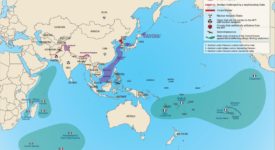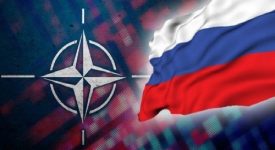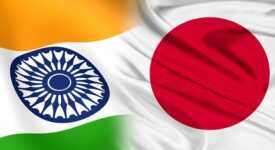Eleonora Poli (Istituto Affari Internazionali)
The Association of Southeast Asian Nations (ASEAN) was formed for reasons similar to those of the European Union. Economic integration was indeed perceived by the Member States not only as a means for fostering national economic growth but also as an instrument for developing national and regional political stability as well as cultural development. The question is whether ASEAN will follow the path of the EU and pursue more political goals.
The key difference between the EU and ASEAN is their respective levels of integration. ASEAN only functions as an intergovernmental organisation with no transnational institutions through which Member States could share their political sovereignty. Rather, it is entirely based on agreements between individual Member States. ASEAN is therefore a kind of forum, designed to enable Member States to consult matters with their peers and reach consensus in matters of importance. In contrast, the present form of the European model contains intergovernmental as well as transnational elements. Some institutions of the European Union act as representatives of the entire Union, unbound by the wishes of this or that individual Member State.
The 1997 Asian economic crisis badly affected ASEAN members’ economies and pointed to weak spots in the contemporary model of integration. Consequently, the need to counter economic uncertainty pushed ASEAN countries to seek closer regional economic ties and look for inspiration in the EU and elsewhere. For example, one of the recommendations agreed during the Bali convention of 2003 was the establishment of an integrated ASEAN community by 2020. Reflecting the structure of the European pre-Lisbon pillars, mutual inter-ASEAN cooperation was then built around three areas: the Economic Community, the Political and Security Community and the Socio-cultural Community.
Although the impact of these communities was positive, they did not lead to a full integration comparable to that of the EU. ASEAN is still based on intergovernmental cooperation and not supranational integration. Although further integration of the Association would be beneficial, it is not viable at this point due to significant political, economic and cultural differences between its Member States. ASEAN also cannot be expected to follow the European road to integration because of fundamental differences between the economic models of the EU and ASEAN Member States. While the EU is keen on promoting free market economy, ASEAN states do not necessarily consider this policy efficient.
(The study can be downloaded here:http://www.iai.it/pdf/DocIAI/iaiwp1413.pdf)







